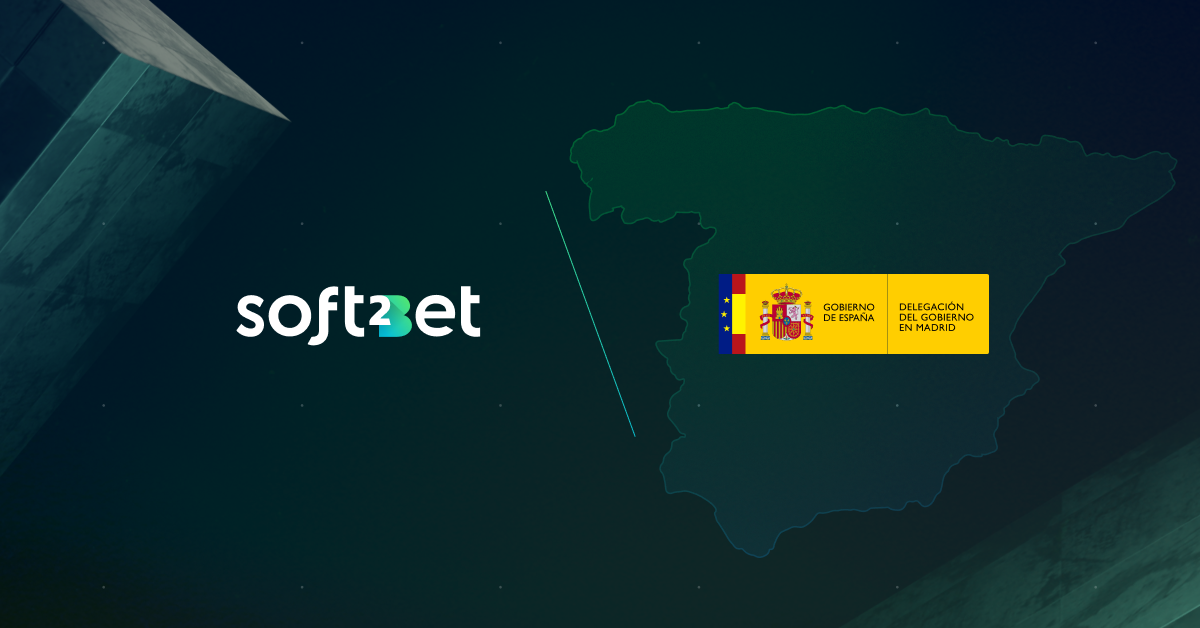Fast Game Integration The Future of Gaming Development

Fast Game Integration: Revolutionizing the Gaming Industry
The gaming industry has experienced a significant transformation over the last few decades. One of the critical components driving this change is fast game integration. With the rise of mobile and online gaming platforms, developers are under immense pressure to release high-quality games rapidly. Fast game integration not only accelerates the development process but also enhances the overall user experience and business efficiency. In this article, we will explore the implications of fast game integration, its benefits, and how it sets the stage for the future of gaming. As you navigate through this new landscape, you can find valuable partnerships and resources at fast game integration https://soft2bet-romania.com/en/partners/.
The Need for Speed in Game Development
In today’s competitive market, speed is of the essence. Developers must not only create engaging content but also ensure that their games are compatible with multiple platforms. Traditional game integration processes are often lengthy and complex, involving extensive coding, testing, and optimization phases. However, the demand for quick turnarounds has led to the evolution of fast game integration methodologies. These new processes focus on streamlining workflows and reducing the time between concept and launch.
Key Components of Fast Game Integration

Fast game integration encompasses several critical components that collectively ensure a smooth and efficient development cycle. These components include:
- Modular Architecture: A modular architecture allows developers to separate different game components, such as graphics, sound, and gameplay mechanics, making it easier to update or replace specific modules without overhauling the entire system.
- API Integration: Application Programming Interfaces (APIs) play a crucial role in integrating various functionalities into games. Fast game integration often leverages pre-existing APIs to simplify the addition of features such as payment processing, social sharing, or analytics.
- Cross-Platform Compatibility: Ensuring that a game functions seamlessly across various platforms (mobile, PC, console) is essential for reaching a wider audience. Fast game integration processes typically emphasize designing with cross-platform compatibility in mind from the outset.
- Automated Testing: Automated testing frameworks can significantly reduce the time required for quality assurance. By utilizing automated scripts to evaluate different aspects of a game, developers can identify and correct errors more swiftly.
- Real-Time Analytics: Fast integration allows for the incorporation of real-time analytics tools, enabling developers to gather insights on player behavior. This data can guide subsequent updates and optimize user engagement.
Benefits of Fast Game Integration
Adopting a fast game integration approach offers a plethora of benefits that can enhance both the development process and the final product. Some of these benefits include:
- Faster Time to Market: With streamlined workflows and efficient integration processes, games can be developed and launched at a much quicker pace, allowing developers to capitalize on trends and player demands.
- Improved User Experience: The quicker integration of features, updates, and bug fixes results in a smoother experience for players. A game that is regularly updated tends to retain its user base more effectively.
- Cost Efficiency: Reduced development time translates to lower costs. Teams can reallocate resources toward creative aspects of game design rather than prolonged integration challenges.
- Better Collaboration: Fast game integration encourages collaboration among teams, as modular components can be developed and tested independently before full integration.
- Enhanced Flexibility: A fast integration process accommodates the ever-changing landscape of gaming technologies and trends. Developers can quickly pivot to explore innovative ideas without being bogged down by traditional constraints.
Challenges of Fast Game Integration

While the advantages of fast game integration are significant, it is essential to acknowledge the challenges that come with it. These can include:
- Quality Control: The speed of development can sometimes lead to compromised quality if necessary safeguards aren’t implemented. Striking the right balance between speed and quality is crucial.
- Technical Debt: Rapid integration processes may lead to the accumulation of technical debt, where shortcuts taken during development can require later fixes that consume time and resources.
- Team Coordination: Efficient collaboration is vital, and keeping all team members aligned during a fast-paced development cycle can be challenging.
The Future of Fast Game Integration
As technology continues to evolve, the principles of fast game integration will likely become even more integral to game development. Innovations such as artificial intelligence and machine learning are already starting to influence integration processes, enabling even quicker adaptations to player preferences and market shifts.
Furthermore, the growing demand for immersive and interactive gaming experiences will compel developers to adopt even more agile approaches to game creation. Virtual reality (VR) and augmented reality (AR) are just beginning to scratch the surface of their potential, and integrating these technologies will require a fast and flexible approach.
In conclusion, fast game integration is not a trend but rather a necessity in the gaming industry. By embracing this approach, developers can efficiently deliver high-quality, engaging games that meet the evolving demands of players. As we look to the future, the integration of rapid development methodologies will undoubtedly shape the way we experience and interact with games.




